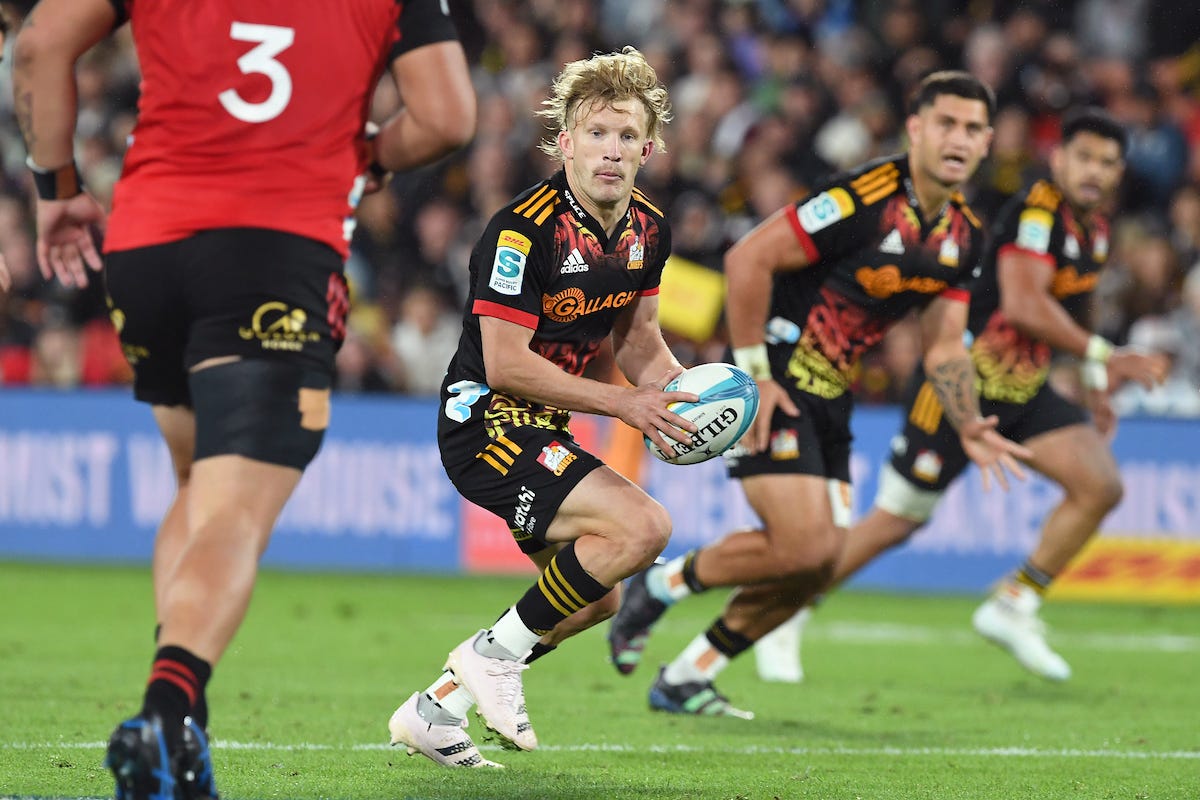Genuine rivalry puts the Super into rugby
How do we bottle what the Chiefs and Crusaders have got? PLUS: Aucklanders wake up to 11,509th stadium proposal; the Warriors bag a duck; and a big day for Kiwis in the US.
Chiefs versus Crusaders.
In those three little words you have the awesome potential of southern hemisphere ‘club’ rugby. Stare at them for too long, however, and it’s just as easy to fixate on the limitations.
The Chiefs edged the latest thriller between the two teams, winning 34-24 in front of a capacity crowd in Hamilton.
It never …
Keep reading with a 7-day free trial
Subscribe to The Bounce to keep reading this post and get 7 days of free access to the full post archives.




